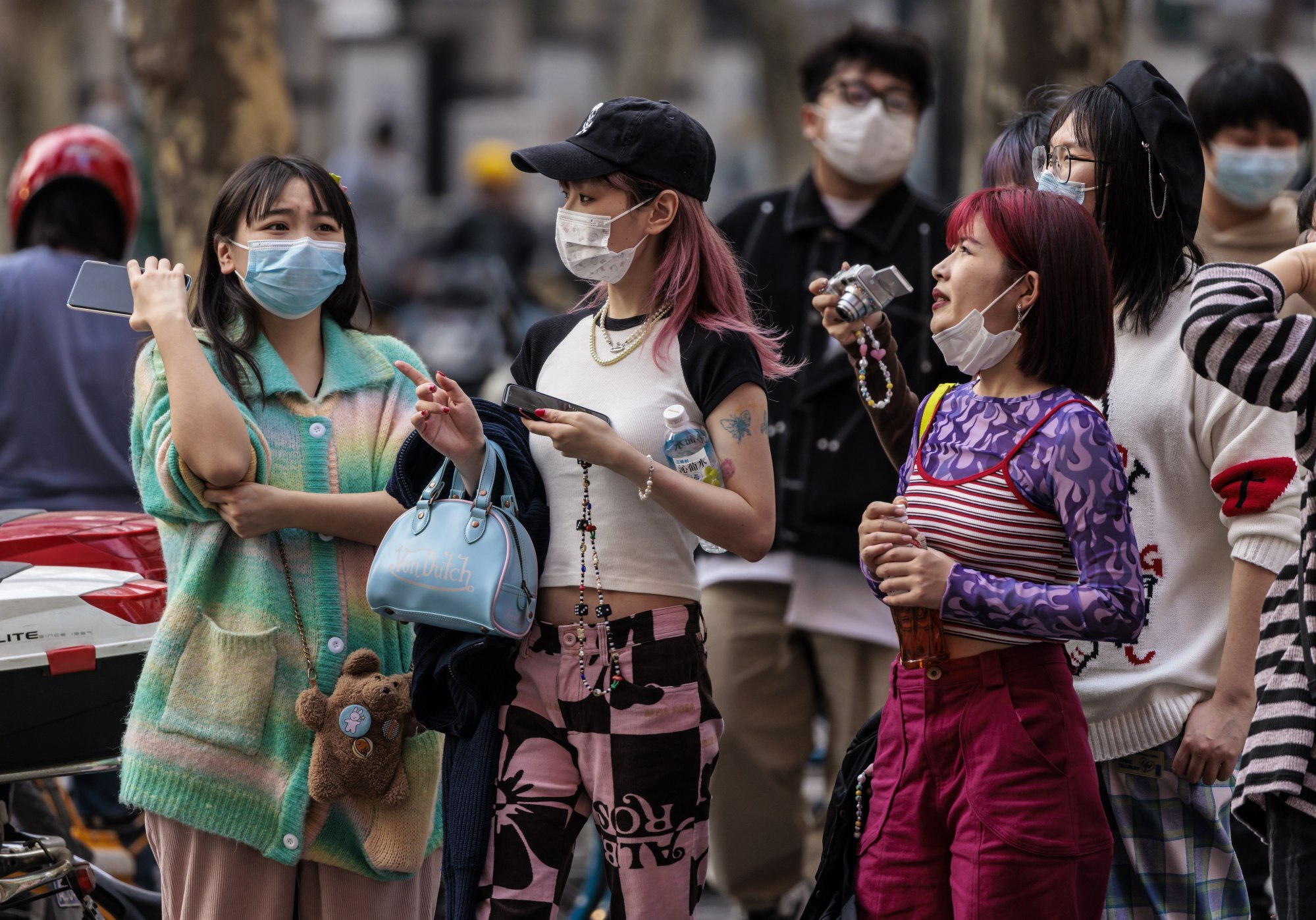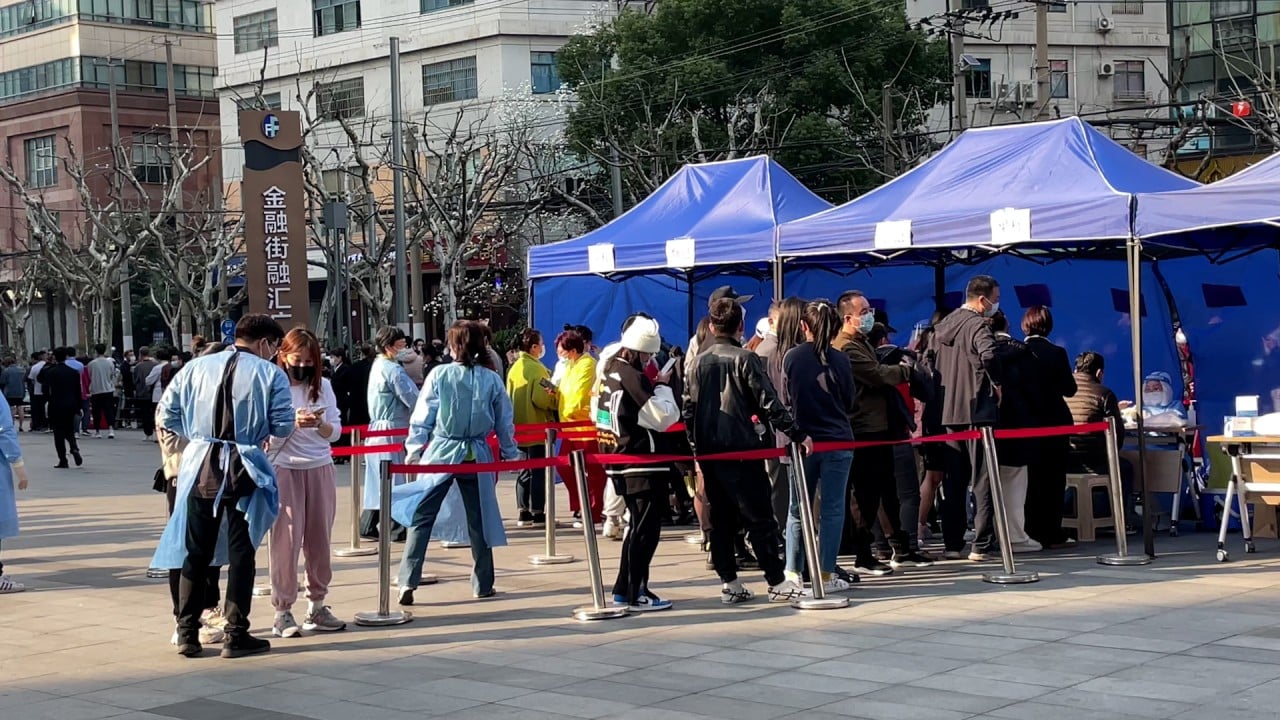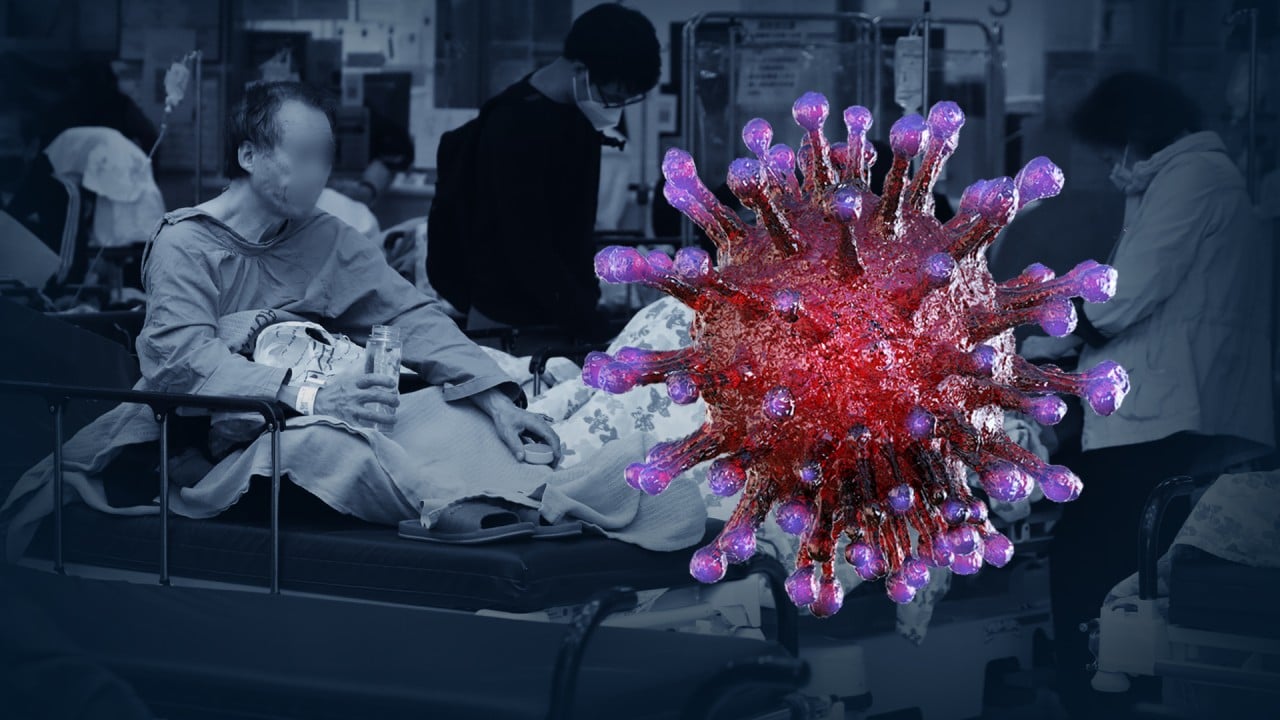
Shanghai’s Covid-19 model faces its sternest test yet
- The city’s approach has been lauded as one of China’s biggest successes but a wave of Omicron cases presents it with its greatest challenge yet
- Medical experts say they are confident that its dynamic zero-Covid policy can weather this latest storm
The city of 24 million residents has never imposed a lockdown or restricted transport to deal with outbreaks and has a more relaxed quarantine policy for incoming travellers compared with Beijing or Guangzhou, requiring seven days of home quarantine after two weeks in a central facility.
But the Shanghai model, the success of which was celebrated by the National Health Commission in September, is now facing its greatest challenge from the current outbreak with over 300 cases this month.
Last weekend the government announced that residents were banned from leaving the city unless “absolutely necessary”. Long distance bus services have been suspended and schools are introducing online lessons.
But experts believe the city’s approach will hold up well against the more transmissible and evasive Omicron variant.
“Prevention and control measures are dynamic. No matter how successful the measures have been, you adjust measures when you are facing a new variant,” said Zhu Huachen, associate professor with the school of public health at the University of Hong Kong.
“With Omicron, including the BA.2 lineage that is more transmissible than the previous BA.1 lineage, one must keep updating its epidemic control measures to stay on top.”
China probes Covid-positive alleged illegal border-crosser from Hong Kong
Zhu said Shanghai could cut off each chain of transmission quickly rather than pursue zero cases.
“Shanghai is more affluent, has more talent, better logistical supplies, higher testing capability and sounder infrastructure such as the big data contact tracing and management by social grid. It also has a team of very good epidemiologists and strong social contact tracers, which makes it possible for Shanghai to realise dynamic zero-Covid,” Zhu said.
While Shenzhen has imposed a week-long lockdown starting on Monday to cut off outbreaks because it is also responsible for logistic supplies in neighbouring Hong Kong, Shanghai can afford to resort to less disruptive measures.
“It’s understandable that Shanghai bans residents from leaving the city so that the outbreaks will not spill to neighbouring provinces, which have fewer resources to deal with outbreaks,” Zhu added.
In recent days Shanghai has seen more asymptomatic infections than symptomatic ones, which Ning Guang, president of Shanghai’s Ruijin Hospital, attributed to speedy investigation and contact tracing.
Most of the asymptomatic infections were picked up in central isolation, indicating a transmission chain has been cut off, according to Ning.
Nicholas Thomas, an associate professor at the department of Asian and international studies at City University of Hong Kong, said the arrival of Omicron was inevitable and cases would rise.
“Even if the authorities are really, really quick, you’re still going to see rising cases before it drops off. I don’t think we should say that the Shanghai authorities have been unsuccessful for at least a couple of weeks because that will show us how flat that wave is and will show us how successful the Shanghai authorities are,” Thomas said.
Chinese cities rush to contain Covid-19 wave as daily cases top 1,000 again
He said keeping Shanghai open would be a big help for international trade networks and supply management.
In spite of experts’ confidence, the rising number of cases has put the local leadership on high alert, with Communist Party secretary Li Qiang holding meetings on Covid-control four times within the past week.
In his latest one on Monday morning, Li urged officials to be more pragmatic and “win the battle against Covid-19” with more decisive and effective measures.
Senior leaders have repeatedly ordered local governments to bring Covid-19 under control to ensure a stable political environment party’s national congress, which will see a leadership reshuffle.

The current outbreak in Shanghai is unlikely to have a major impact on the careers of the city’s leaders as Shanghai have done “pretty well” since the beginning of the pandemic and its current containment measures are still quick and effective compared to other provinces, according to Alfred Wu, an associate professor at the Lee Kuan Yew school of public policy at the National University of Singapore.
“So far when there are lapses, Beijing has been focusing its punishment of the officials who are directly responsible for the implementation of Covid control measures, like the health commission, public security and education officials,” Wu said.
“In fact, the so-called Shanghai model is a better-executed, better-communicated and fine-tuned ‘zero-Covid’ policy without too many draconic measures, backed by Shanghai’s economy and social resources model, which is probably second-to-none in China.
“Thus Shanghai needs to curb the outbreak quickly. As long as they can demonstrate the ability to bring the current outbreak under control effectively, it is still counted as a successful ‘dynamic clearing’ as Beijing has explained that it does not mean targeting zero Covid cases, but to act quickly to eradicate the spread of virus once found.”
Additional reporting by William Zheng



